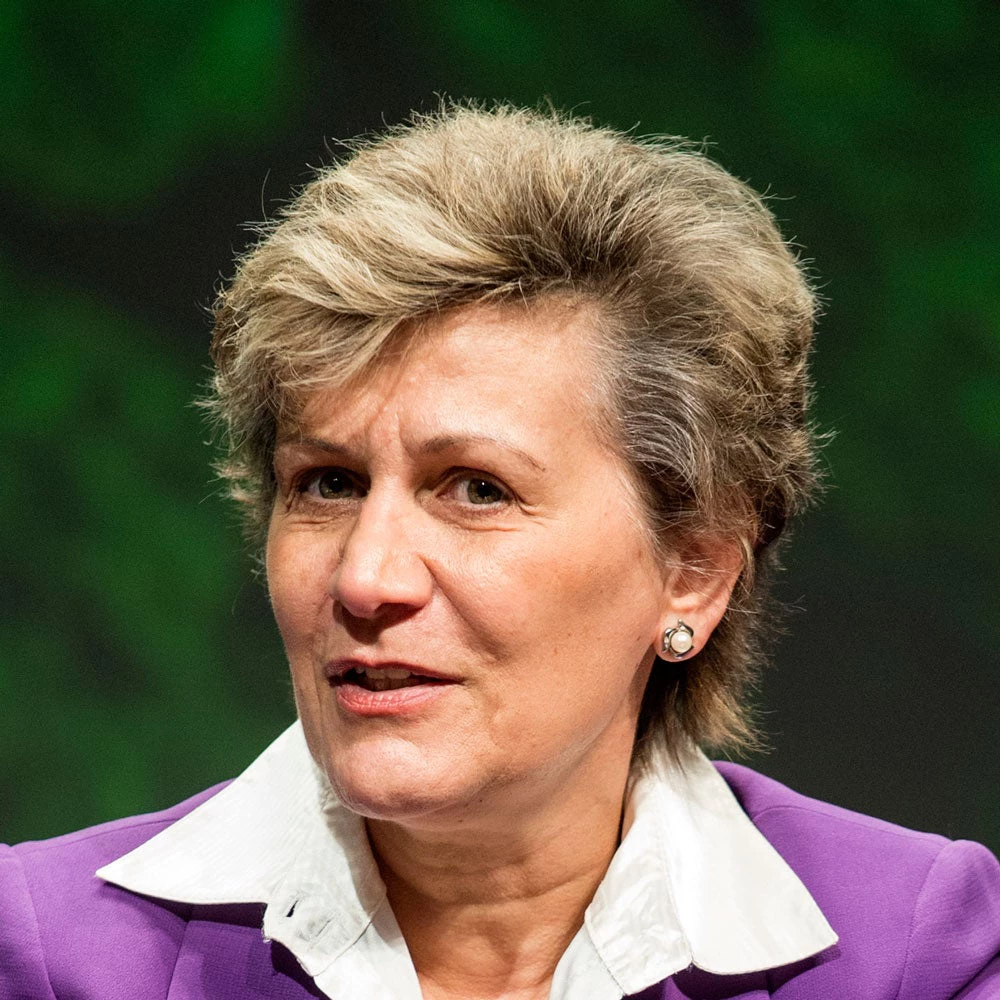This is the first blog in a series on forests and livelihoods.
Africa’s forests, landscapes, and ecosystems have many contributions to development. They contribute directly to the well-being and food security of poor people. According to the World Bank Forest Action Plan, the impact of forests on poverty is greatest in Africa, with forest-related income lifting 11% of rural households out of extreme poverty. Forests also supply critical raw materials needed to grow the economy, provide habitat to rich flora and fauna, regulate hydrology, and sequester carbon.
However, this rich natural resource, is under extreme pressure and threat due to demand for land for crops, timber, fuel wood, and charcoal. These demands, coupled with weak governance and tenure insecurity, poor management practices and incentives, and forest crime and corruption are depleting Africa’s natural forest assets. Climate change is another key challenge for forests and the people who depend on them. It is a vicious cycle; forest degradation generates greenhouse gases that drive climate change, which exacerbates both droughts and flooding and further stresses fragile ecosystems and poor communities.
The magnitude of forest loss is indeed striking. The Food and Agriculture Organization of the United Nations estimates that between 2010 and 2015, Africa had the highest net annual loss of forests. It lost 2.8 million hectares of forest every year, equivalent to the size of Guinea Bissau, or nearly the size of Belgium.
These are stark figures. But the story is even more striking when told by people affected by it, when told by people who depend on forests, people who suffer when they are destroyed because forest loss threatens their livelihood and food security. They see the forests and the landscapes of their childhood disappearing, and can only recreate them in stories told to their children and grandchildren.
Although deforestation and forest degradation have gained increased attention globally in climate conferences, the voices of people marginalized by forest degradation are not heard enough.
The Africa Environment and Natural Resources team at the World Bank sponsored a series of video stories to give a human face to deforestation and raise awareness on the opportunity to transform the livelihoods of forests communities. We wanted to go beyond bureaucratic milestones and dollar figures, and reach people on the ground to learn first-hand how communities expect to benefit from good forest management and payments for reduced deforestation and degradation under REDD+, the Reduced Emissions from Deforestation and Degradation initiative, which provides a system of financial incentives for more sustainable forest management.
Recognizing the importance of forests for economies and for the climate, these initiatives create opportunities to improve governance, realign incentives, improve transparency in land use decisions, and increase equity in benefits sharing.
The videos, developed jointly with our country counterparts and forest communities, share the transformation happening on the ground through REDD+. They tell the story of individual and community perceptions of the REDD+ and forest improvement efforts in selected African countries. They depict their challenges, successes, and hope for the future.
We worked with a wide range of project sites, engaged communities, and focused on activities reducing drivers of deforestation -- and found great enthusiasm for a brighter future. The videos delve into forest livelihoods in selected countries with dynamic forest and REDD+ activities such as Burkina Faso, Democratic Republic of Congo, Republic of Congo, Ghana, Liberia, and Mozambique.
This first video depicts beneficiaries in Ghana, a country that has been suffering from high rates of deforestation. However, Ghana has significantly benefited from REDD+ financing and has proven results in transforming the livelihoods of forest communities. The Ghana Forest Investment Program allowed substantial progress in forest and tree management practices by cocoa farmers, communities and forest reserve managers. The various activities collectively reduced forest loss, promoted sustainable agriculture practices including “shade” cocoa, and developed viable alternatives.
This video, like others to follow, answer these questions: Why are forests important to them? Why are they working to preserve them? What effects do they expect to see on their lives and livelihoods? What changes have they experienced?
These are their stories.
********
The preparation of videos was supported by a Global Environment Facility, the Forest Carbon Partnership Facility, the Forest Investment Program, and the BioCarbon Fund. The videos were produced by Centro de Alianzas para el Desarrollo (CAD), Center of Partnerships for Development, under supervision of the Government of Ghana and the World Bank.


Join the Conversation